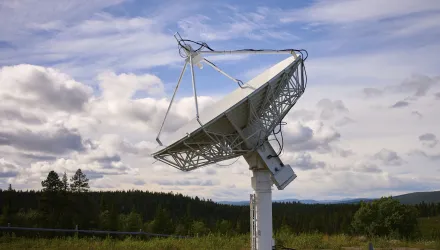International Security is America's leading peer-reviewed journal of security affairs.
Summary
For nearly half a century, the world’s most powerful nuclear-armed states have been locked in a condition of mutual assured destruction. Since the end of the Cold War, however, the nuclear balance has shifted dramatically. The U.S. nuclear arsenal has steadily improved; the Russian force has sharply eroded; and Chinese nuclear modernization has progressed at a glacial pace. As a result, the United Statesnow stands on the verge of attaining nuclear primacy, meaning that it could conceivably disarm the long-range nuclear arsenals of Russiaand Chinawith a nuclear first strike. A simple nuclear exchange model demonstrates that the United Stateshas a potent first-strike capability. The trajectory of nuclear developments suggests that the nuclear balance will continue to shift in favor of the United Statesin coming years. The rise of U.S.nuclear primacy has significant implications for relations among the world’s great powers, for U.S.foreign policy, and for international relations scholarship.
Lieber, Keir A. and Daryl Press. “The End of MAD? The Nuclear Dimension of U.S. Primacy.” Spring 2006



